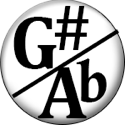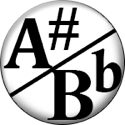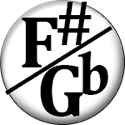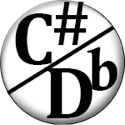Whole Tone Patterns
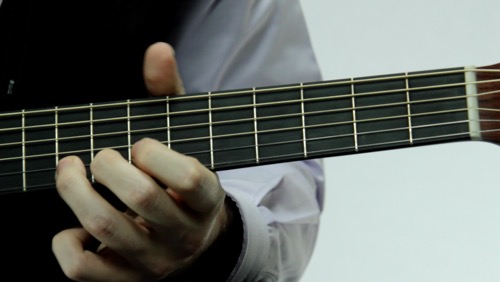
Let's talk about whole tone scale patterns.
A whole tone scale is a symmetric scale which means it divides the octave completely evenly. It is also symmetric on the guitar as it is the same exact fingering in every position.
There are also only two whole tone scales in total in the universe. Because the scale is symmetric and contains 6 notes, every note can be thought of as the root of it's own whole tone scale which also has six notes. So there's only two whole tone scales.
The pattern is really friendly for guitar players because it just keeps repeating up the neck. Even though you'll learn this in position, this scale is very good for playing up and down the neck. You can just play the same pattern and it keeps going.
So here's the whole tone scale starting from F.
If I play it from G or A or B, it's going to be the exact same pattern. So there's really only one pattern to learn.
This scale is a great dexterity builder. Learn it, get the pattern under your fingers, and then try to find a way to apply it.
The whole tone or augmented scale is sometimes used to create a “dream-like” sound.
This pattern can be played over any augmented chord. Chord symbols like F+, F7♯5 and F7♯11 often suggest a whole tone scale.
Symmetrical
This scale is symmetrical. Every note is a major-second above the last. There are also only two whole-tone scales that exist. The first one includes the whole tone scale built on F, G, A, B, C♯ or D♯. The second would be the whole tone scale built from any other note.
F Whole Tone Scale
G Whole Tone Scale
A Whole Tone Scale
Key Exercises
- Learn, memorize, and apply the scales.
- Create a chord progression that supports the whole-tone scale by using chords built from them. In F, these would include F+, F7♯5 and F7♯11, as well as any augmented, 7♯5 or 7♯11 chord whose root is in the scale above. (G+, B+, etc.)
- Improvise using the whole tone scale, at first without any accompaniment.
 As the creator of Hub Guitar, Grey has compiled hundreds of guitar lessons, written several books, and filmed hundreds of video lessons. He teaches private lessons in his Boston studio, as well as via video chat through TakeLessons.
As the creator of Hub Guitar, Grey has compiled hundreds of guitar lessons, written several books, and filmed hundreds of video lessons. He teaches private lessons in his Boston studio, as well as via video chat through TakeLessons.




